Japan's 25 Most Stunning Temples
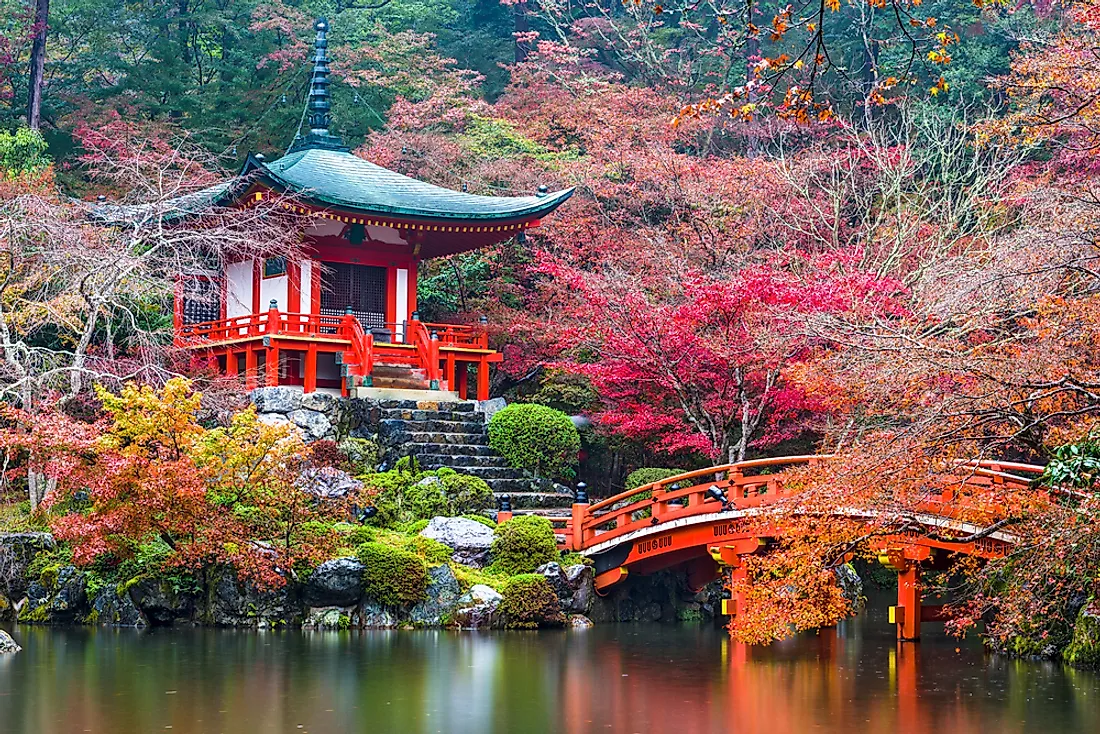
Temples in Japan have been deemed national treasures since 1957 after the implementation of the relevant law. Selected by the government, the items on this list date back to the 7th century.
25. Sōfuku-ji
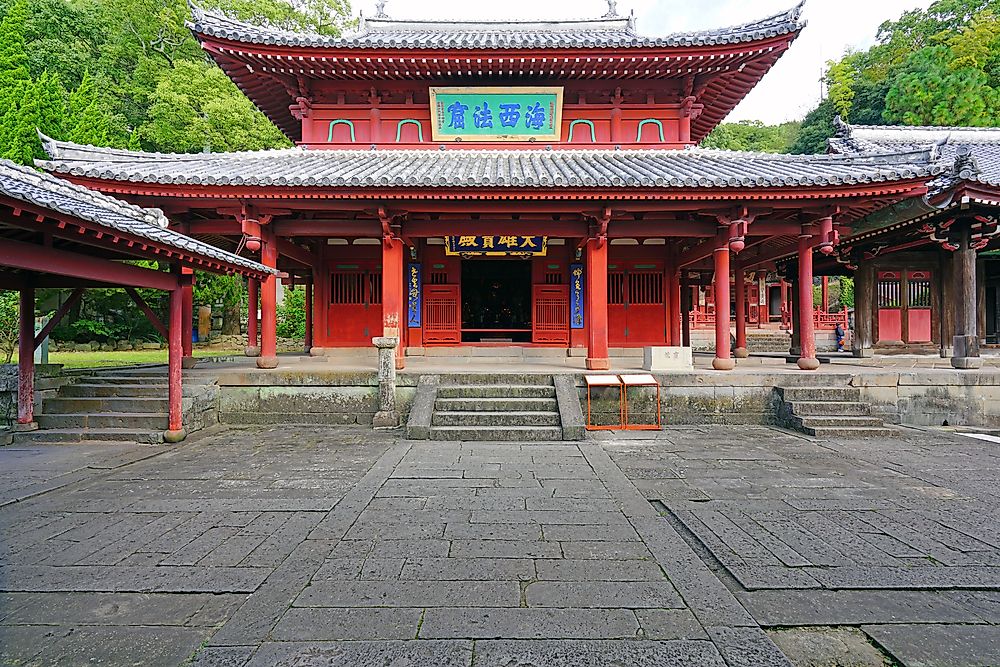
Located in Nagasaki, this temple is divided into two parts namely the Great Leader's Treasure Hall and the Daiippōmon. Chinese monks constructed both of the sections in the early Edo era in 1646 and 1644 respectively.
24. Myōō-in
This temple is located in Fukuyama, Hiroshima and is divided into two sections: a five-storied pagoda and the Main Hall. The pagoda was constructed in the early Muromachi era, 1348, while the latter was built in the later stages of the Kamakura era (1321).
23. Taima-dera
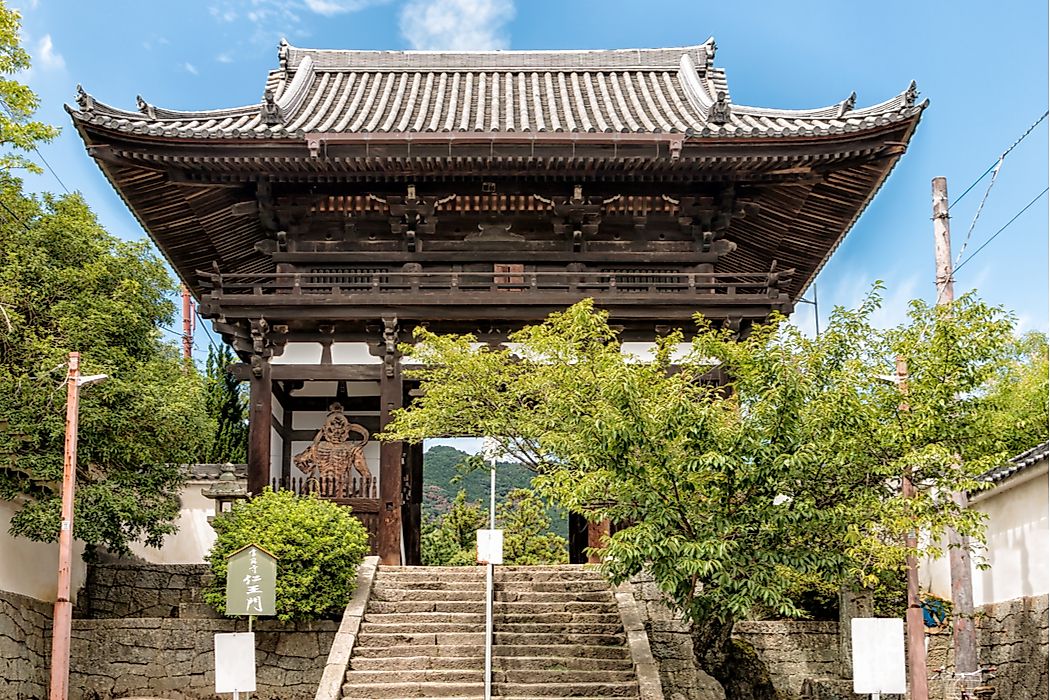
This temple has three sections, namely the west pagoda, the east pagoda, and the Main Hall. Located in Katsuragi, Nara, the features were built in the 9th century, 8th century, and 1161 respectively.
22. Jōdo-ji
This treasure is divided into two features, namely the Main Hall and a Tahōtō. Both are situated in Onomichi, Hiroshima after their construction in 1327 and 1328 respectively, which was during the later stages of the Kamakura era.
21. Yakushi-ji
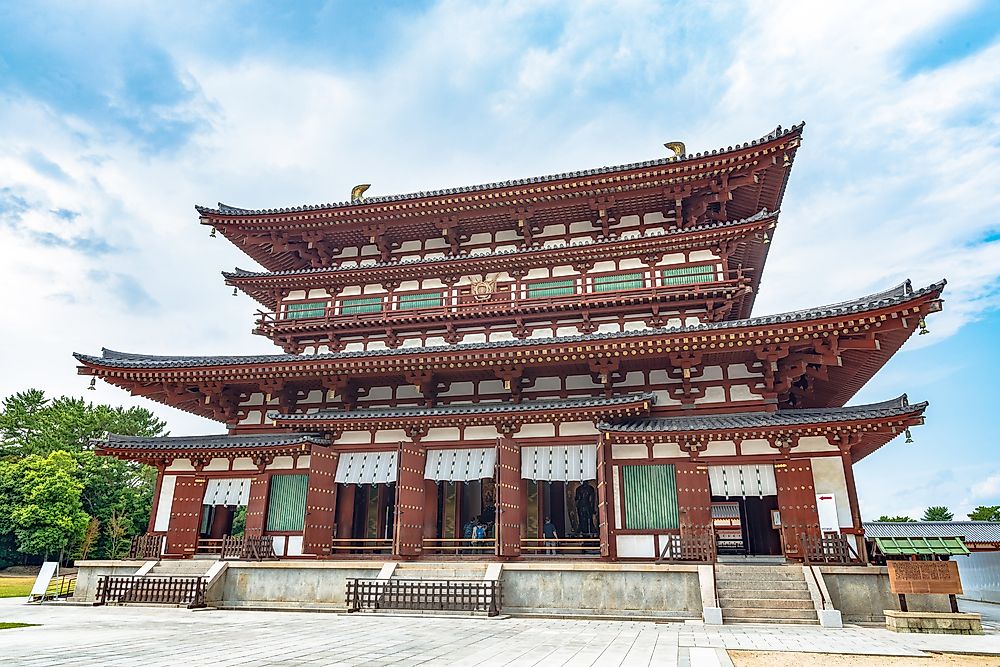
The temple has two features, the Tōindō and the east pagoda, which are situated in Nara. This feature is among the most famous Buddhist Temple after its construction in 1285 and 730 respectively.
20. Chōhō-ji
This temple in Kainan, Wakayama has three sections, namely a Tahōtō, Daimon, and the Main Hall, which were erected in 1357, 1388, and 1311 respectively. The first two were built during the early stages of the Muromachi era while the last one was in the later period of the Kamakura era.
19. Hōryū-ji
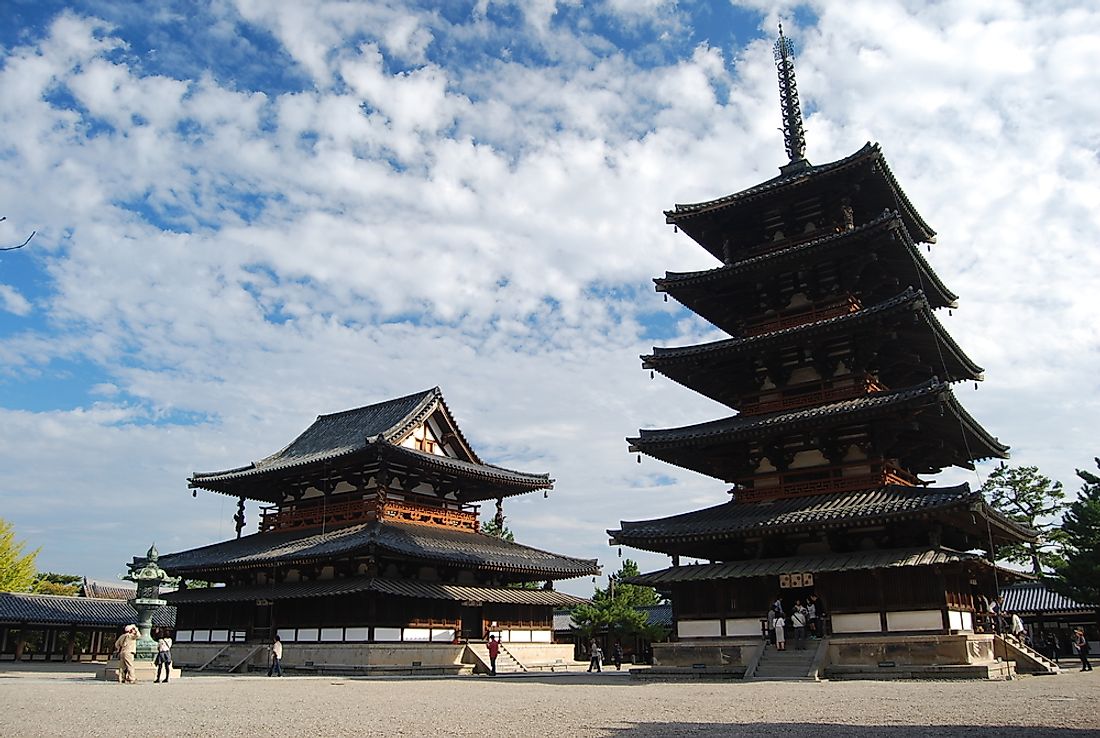
This temple is divided into the East Corridor (700), the Golden Hall (693), the Scripture House (Nara era), a five-storied pagoda (703), Kōfūzō (Heian era), a Three Sutra Hall (1231), Belfry (1005-1020), and eleven other sub-sections.
18. Kimpusen-ji
Located in Yoshino, Nara, this temple is divided into the Niō Gate and the Main/Zaō Hall, which were erected in 1456 and 1591 respectively. This feature is the main temple of a religion known as Kimpusen-Shugendō.
17. Tōdai-ji
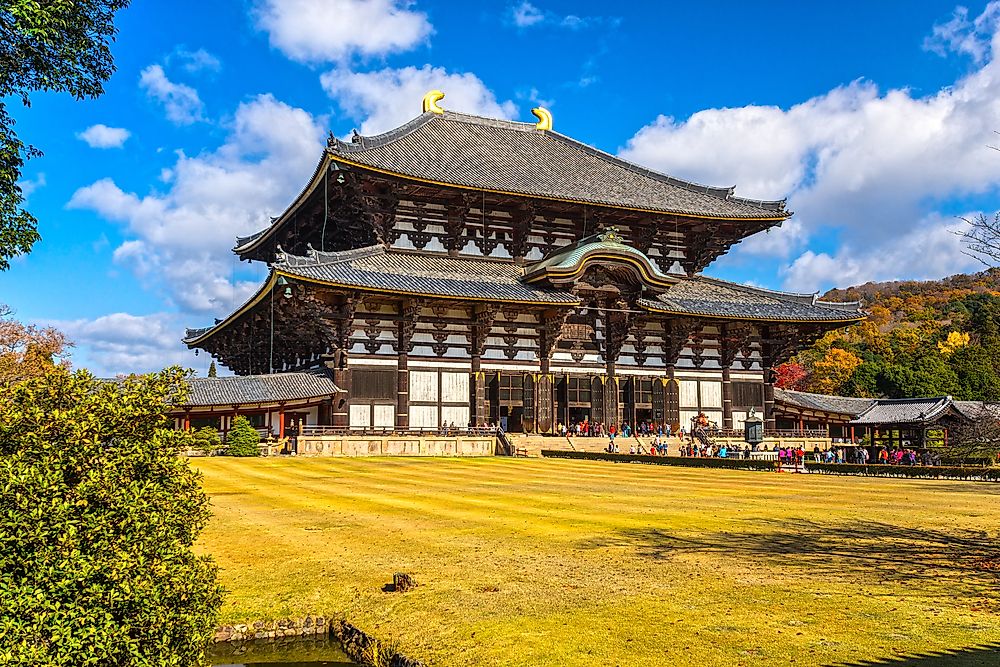
Divided into eight sections, this temple in Nara includes features a Scripture House (Nara era), Nigatsu-dō (1669), the Great Buddha Hall (1705), Nandaimon (1199), and others. It was once among the Seven Great Temples.
16. Kakurin-ji
Located in Kakogawa, Hyōgo, it is divided into two sub-sections known as Taishidō and the Main Hall. These two were constructed in 1112 and 1397 respectively. Founded by Prince Shōtoku, it is a meeting place for the Tendai sect.
15. Tōshōdai-ji
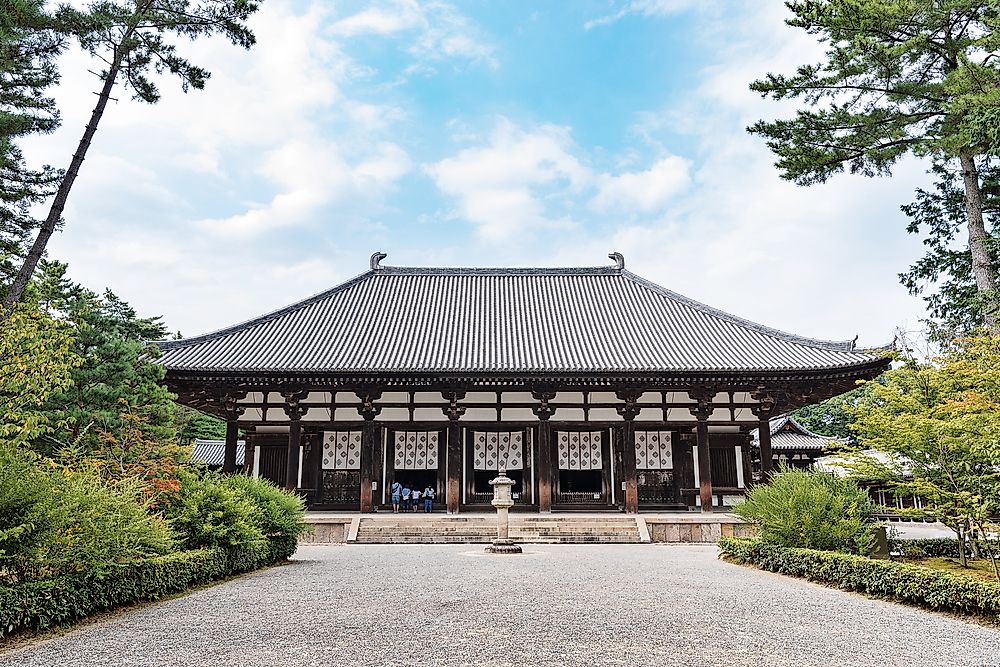
The five sections of this temple, which is in Nara, include the Lecture Hall (763), a Treasure House (Nara era), a Scripture House (8th century), the famous Golden Hall (8th century), and Korō (1240).
14. Daigo-ji
This temple has three main parts, namely the Yakushi Hall (1121), a five-storied pagoda (952), and the Golden Hall, which was built in the later stages of the Heian period. Located in Kyoto, the temple’s name signifies the deepest part of Buddhist feelings.
13. Murō-ji
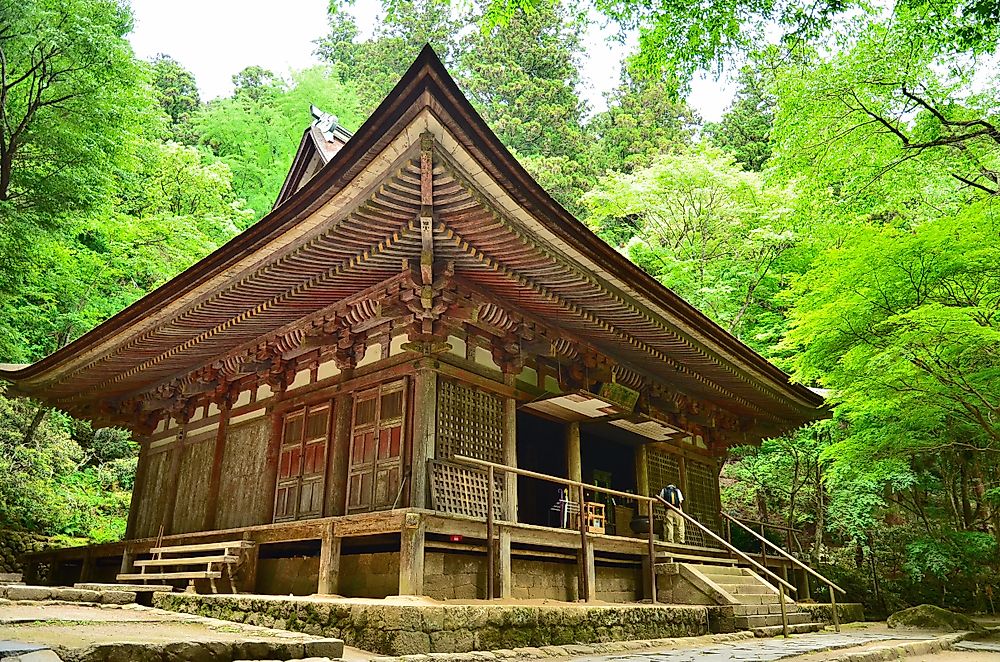
Located in Uda, Nara, this temple has a Golden Hall, a five-storied pagoda, and the Main/Kanjō Hall, which were erected in the early Heian era (the first two) while the last one was built in 1308.
12. Jōruri-ji
Located in Kizugawa, Kyoto, the temple is among the few temples with a Paradise Garden from the early stages of the Heian era. The temple has a three-storied pagoda built in 1178 and the Main Hall, which was built in 1157.
11. Gangō-ji
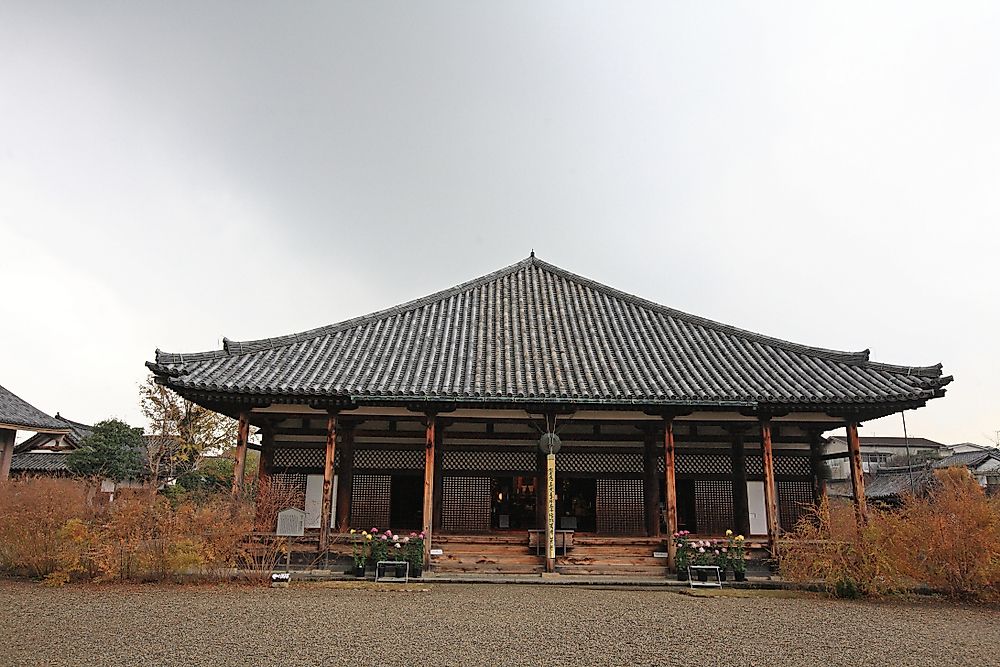
Three subsections make up this historic Buddha temple in Nara that was among the Sven Great Temples. These sections are a five-storied pagoda (8th century), the Zen Room (early Kamakura era), and the Main Hall (1244).
10. Kōryū-ji
Located in Kyoto, this Shingon temple could be the oldest in Kyoto. The main feature is the Keigū-in Main Hall, which was erected before 1251 during the early stages of the Kamakura era. Other names include Uzumasa-dera and Hatanokimi-der.
9. Kōfuku-ji
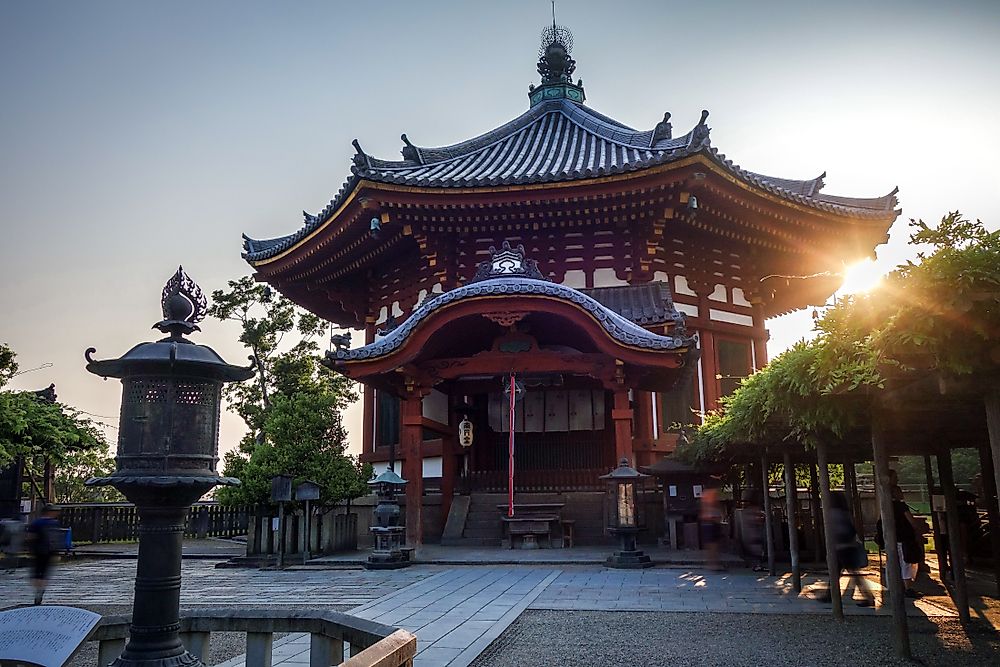
Once one of the Seven Great Temples of Japan, this temple. which is in Nara, has five sections. The sections are a five-storied pagoda (1426), a three-storied pagoda (early Kamakura era), the Eastern Golden Hall (1425), and the North Octagonal Hall (1210).
8. Tō-ji
Initially known as the Kyō-ō-gokoku-ji, the Tō-ji in Kyoto is divided into four sections. These sections are the Golden Hall of 1603, a five-storied pagoda from 1643, the Daishi or Miei Hall of 1380, and the Lotus Flower Gate from the early stages of the Kamakura era.
7. Nishi Hongan-ji
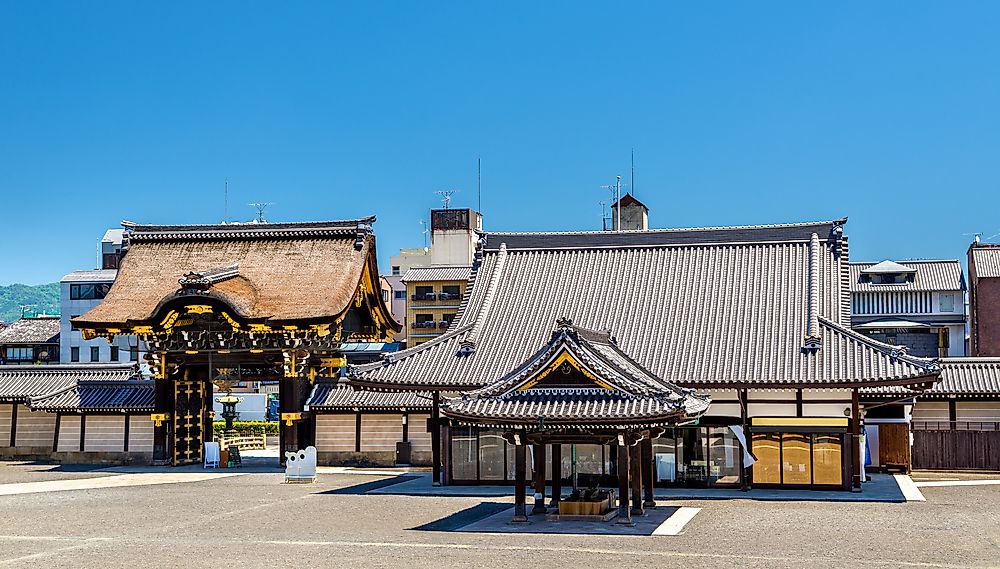
This temple is located in Kyoto and is divided into three sections, namely the Karamon (1573–1614), the Goeidō (1636), and the Amida Hall (1760). The feature is one of the two temple centers of Kyoto’s Jōdo Shinshū and the main temple of the Jōdo Shinshū.
6. Saimyō-ji
This Buddhist temple in Kōra, Shiga, goes all the way back to the Kamakura period after its establishment in honor of the Buddha of healing. The three-storied pagoda and the Main Hall are the two major sections.
5. Daitoku-ji
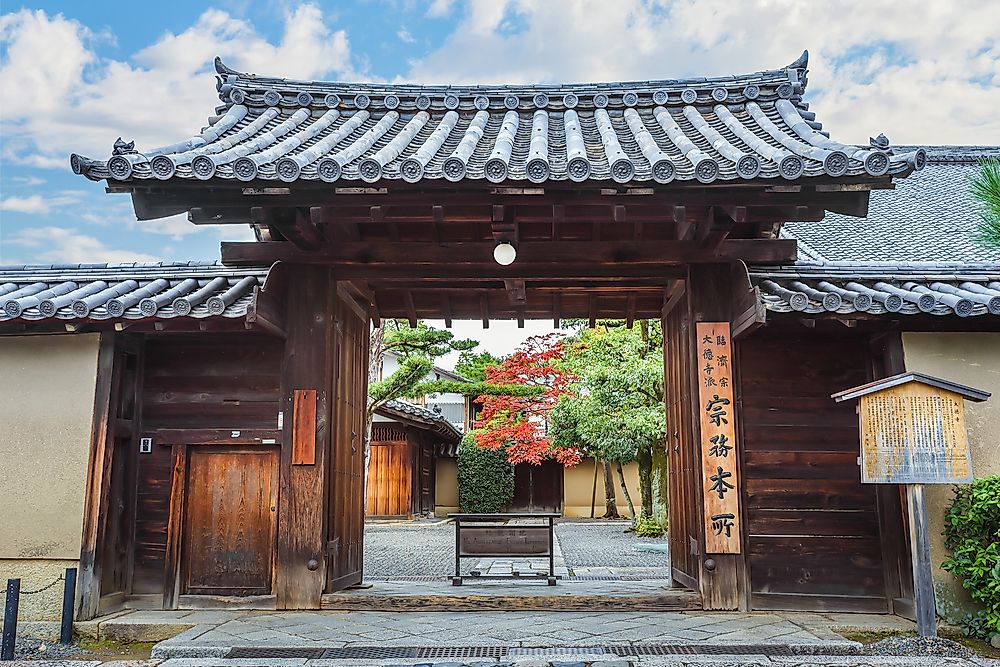
One of fourteen divisions of the independent sections of the Rinzai school of Japanese Zen, this temple in Kyoto is divided into three. These three sections are the Main Hall (1513), the Hōjō (1635-1636), and the Karamon (the Momoyama period).
4. Senju-ji
Located in Tsu, Mie, the temple has two main sections, namely the Miei Hall and the Nyorai Hall. The former hall was erected in 1666 while the latter was built in 1748. Both years were in the middle parts of the Edo period.
3. Ishiyama-dera
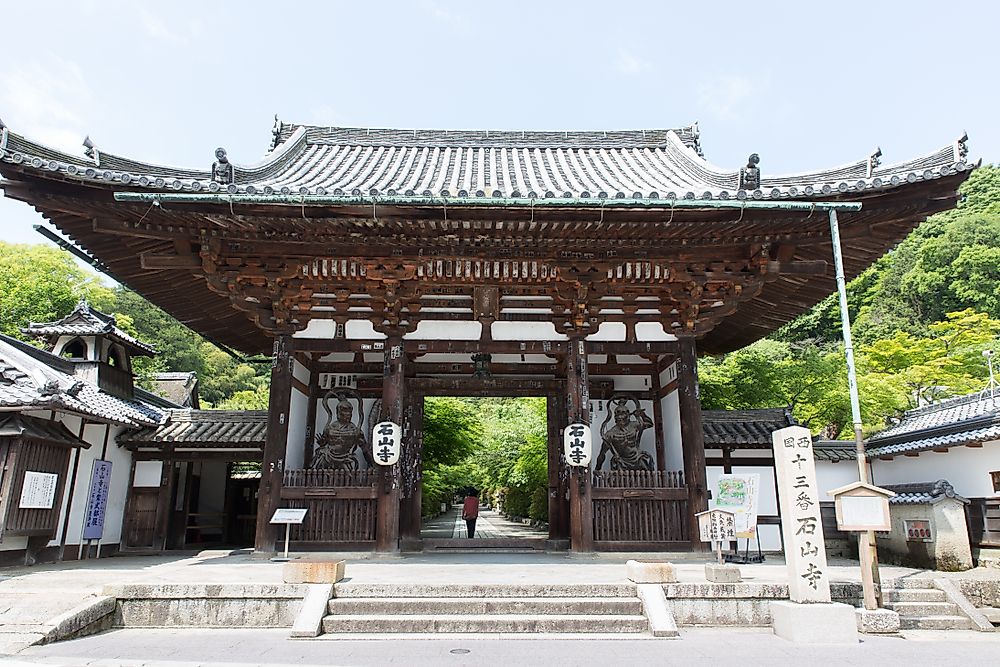
Situated in Ōtsu, Shiga, this temple is divided into the Tahōtō of 1194 and the Main Hall from 1096. Today, it serves as a Shingon temple.
2. Zuiryū-ji
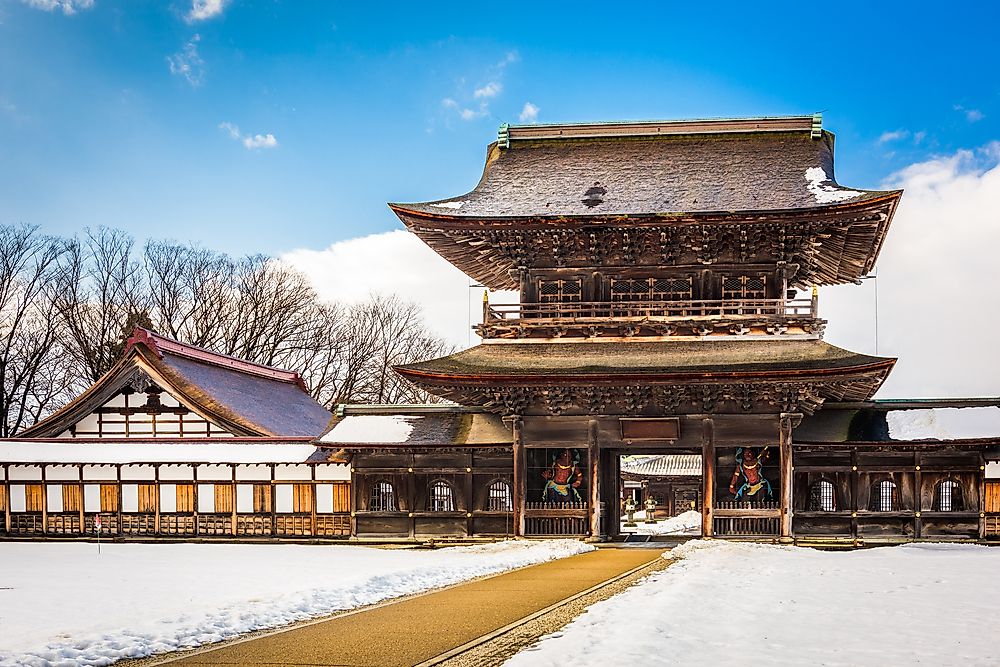
This temple is divided into three parts, namely the Buddha Hall of 1659, the Lecture Hall of 1655, and the Sanmon from 1818. Located in Takaoka, Toyama, the temple belongs to the Sōtō-school of Japanese Zen Buddhism.
1. Zuigan-ji
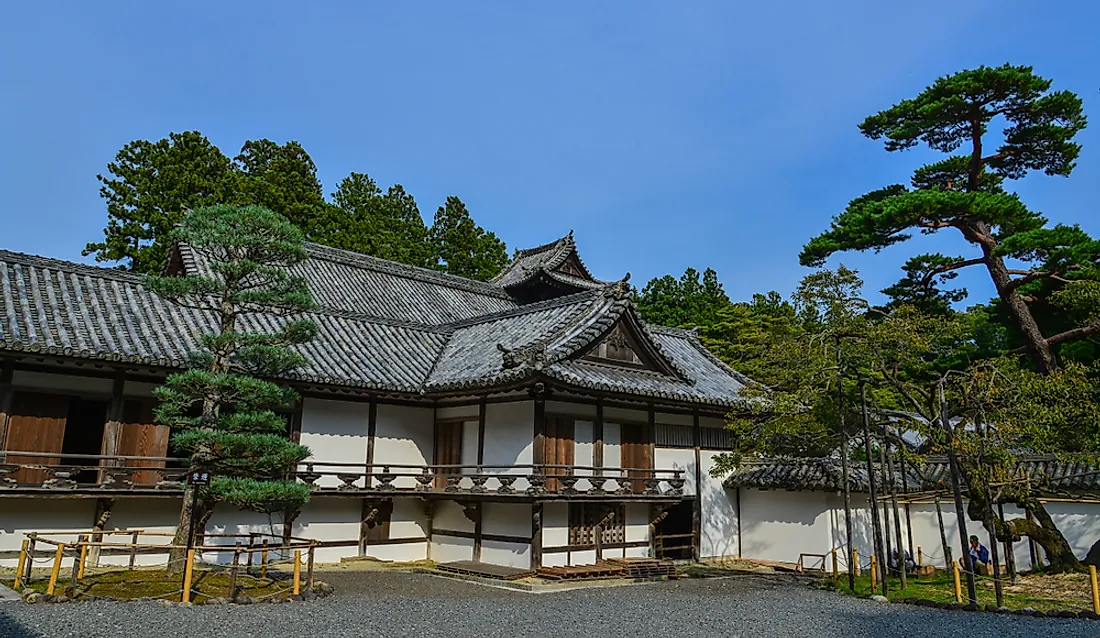
Founded in 828, this temple in Matsushima, Miyagi has two main parts namely the Main Hall of 1609 and the Priest's Quarters and Corridors, which are also from 1609. The temple belongs to the Myōshin-ji-branch of Rinzai Zen.











